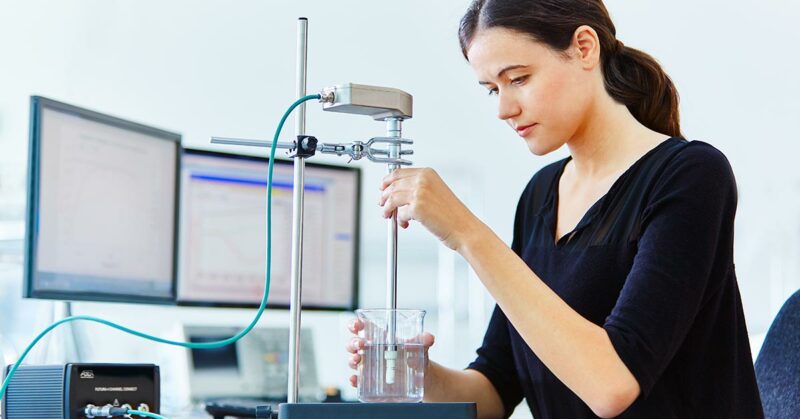Introduction
When it comes to cell capacitance measurements, researchers and scientists rely on advanced instruments to obtain accurate and reliable data. In this blog post, we will compare two popular options: the Aber Futura and the Hamilton Incyte Arc. Both devices offer sophisticated features and promise precise results, but understanding their unique capabilities and differences is crucial for selecting the right instrument for your specific needs.
In this comparative analysis, we will specifically focus on their performance in measuring cell capacitance.
Cell Capacitance Measurements and their Significance
Cell capacitance is a fundamental property that characterizes the electrical properties of cells. It represents the ability of a cell to store electrical charge and is directly related to the cell membrane’s surface area. Measuring cell capacitance is vital for gaining valuable insights into various cellular processes, including cell growth, differentiation, and response to external stimuli. Let’s explore how to measure cell capacitance and how both the Aber Futura and Hamilton Incyte Arc contribute to this process.
Aber Futura
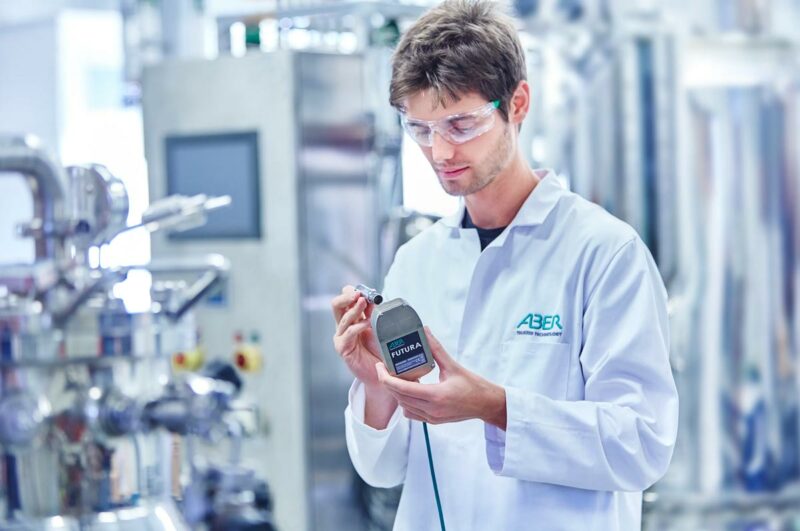
The Aber Futura is a widely used instrument in the field of cell biology and electrophysiology, specifically designed for precise cell capacitance measurements. It offers several features that make it a powerful tool for this purpose. The Aber Futura utilizes the patch-clamp technique, enabling researchers to directly measure the electrical properties of individual cells and calculate their membrane capacitance. Its high-resolution data acquisition system enables real-time, accurate measurements.
The Aber Futura also incorporates advanced algorithms for signal processing, enhancing the accuracy of capacitance measurements even in challenging experimental conditions. Researchers can efficiently perform cell capacitance measurement and analyze the results using the instrument’s user-friendly interface and intuitive software.
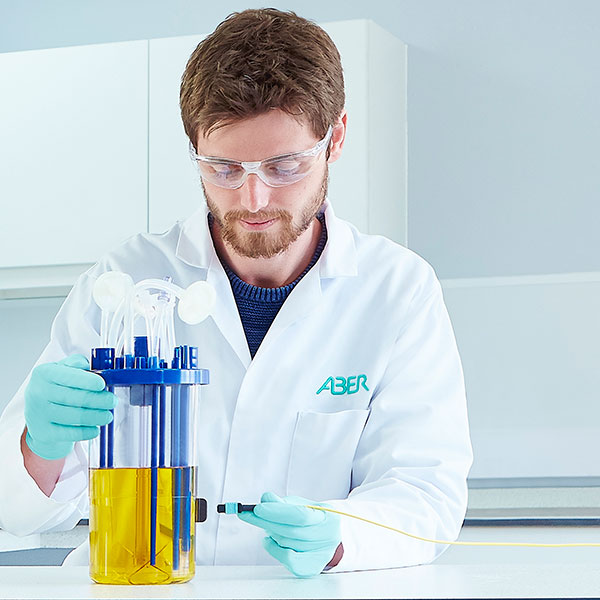
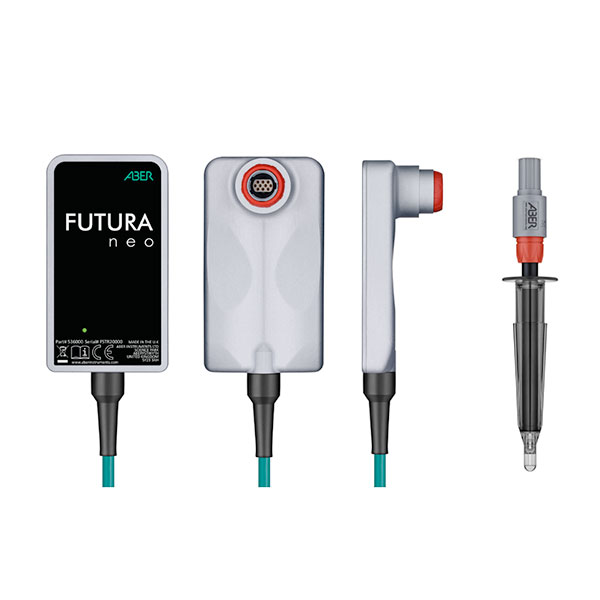
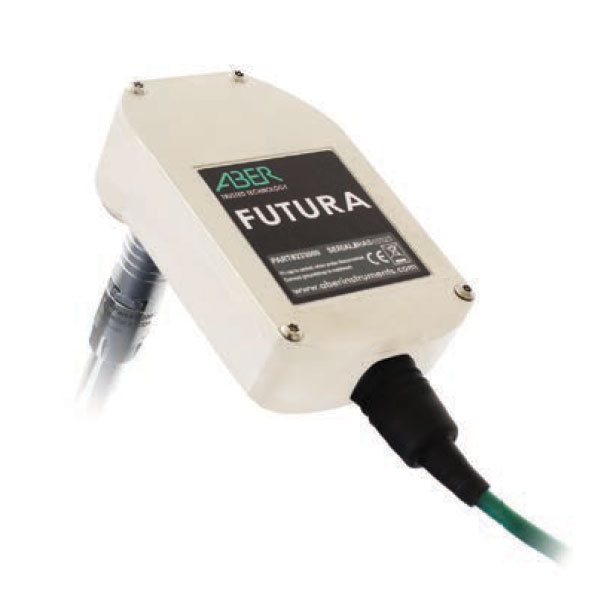
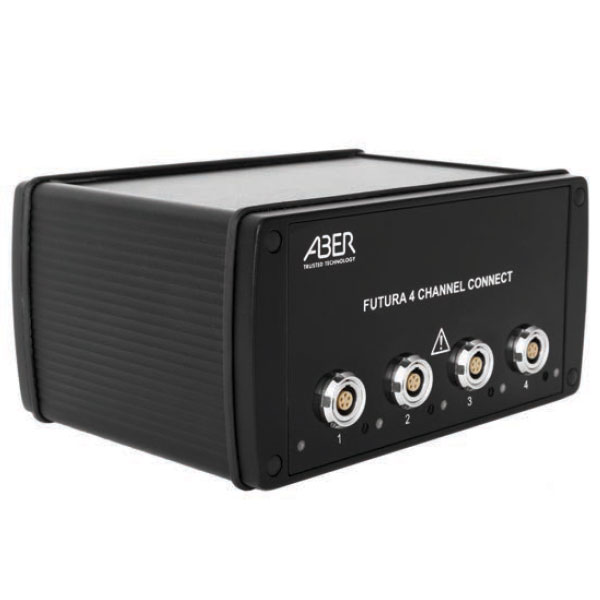
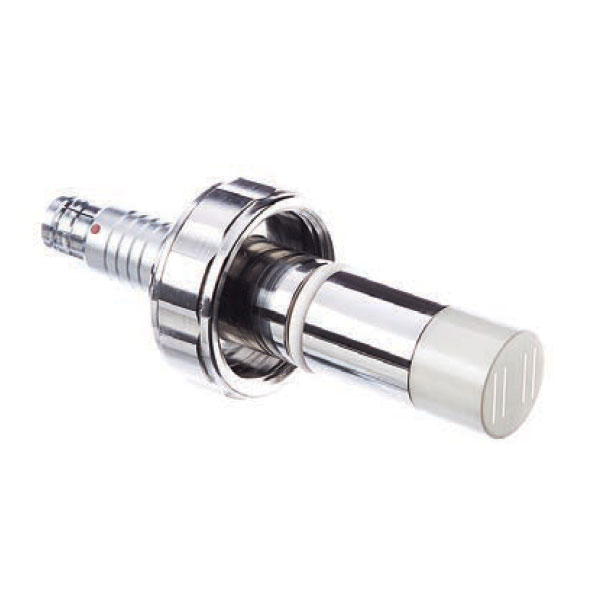
Available through Optimal Biotech Group: Optical Reflectance Biomass Sensors, Viable Biomass Sensor, Biomass Monitor System, Viable Cell Density Hub/Transmitter, Cell Capacitance Measurement Probes
Hamilton Incyte Arc
Similarly, the Hamilton Incyte Arc is another notable instrument used for cell capacitance measurements. It employs impedance spectroscopy, a technique that measures the impedance of a cell suspension at multiple frequencies, providing valuable information for calculating cell membrane capacitance.
The Incyte Arc’s versatility allows researchers to work with a wide range of cell types and culture conditions, making it suitable for various research applications. It streamlines workflows and improves productivity with its automated features like auto-sampling and data analysis, making measurements efficient and reliable. The Incyte Arc’s robust data management system efficiently stores and organizes large datasets, facilitating research data handling.
Cell Capacitance Measurements: A Comparative Analysis Between Aber and Hamilton Solutions
Now, let’s delve into how both the Aber Futura and Hamilton Incyte Arc facilitate cell capacitance measurements.
Measurement Principle
- Aber Futura: Utilizes the patch-clamp technique for direct electrical measurements of individual cells to determine cell membrane capacitance.
- Incyte Arc: Employs impedance spectroscopy to analyze the impedance of cell suspensions at multiple frequencies, providing essential data for capacitance measurement.
Experimental Flexibility
- Aber Futura: Primarily suitable for mammalian, insect, microbial and yeast cells, enabling precise capacitance measurements in specialized cell types.
- Incyte Arc: Offers versatility with respect to cell types and culture conditions, accommodating a broader range of research applications for cell capacitance measurements.
Data Analysis and Automation
- Aber Futura: Provides user-friendly software for real-time data analysis and visualization, streamlining the cell capacitance measurement process. Aber’s Software is completely GMP compliant.
- Incyte Arc: Incorporates automated features like auto-sampling and data analysis, enhancing productivity and efficiency in cell capacitance measurements.
Conclusion
Selecting the appropriate instrument for cell capacitance measurement depends on the specific requirements and objectives of your research. The Aber Futura excels in cell measurements, particularly in mammalian and microbial cell types, while the Hamilton Incyte Arc offers simmilar flexibility and versatility across different cell types and culture conditions. Both instruments have their unique strengths and can provide accurate and reliable data for understanding cellular behavior.
Before making a decision, consider factors such as the nature of your experiments, the compatibility with your cell types of interest, and the level of automation you desire.

